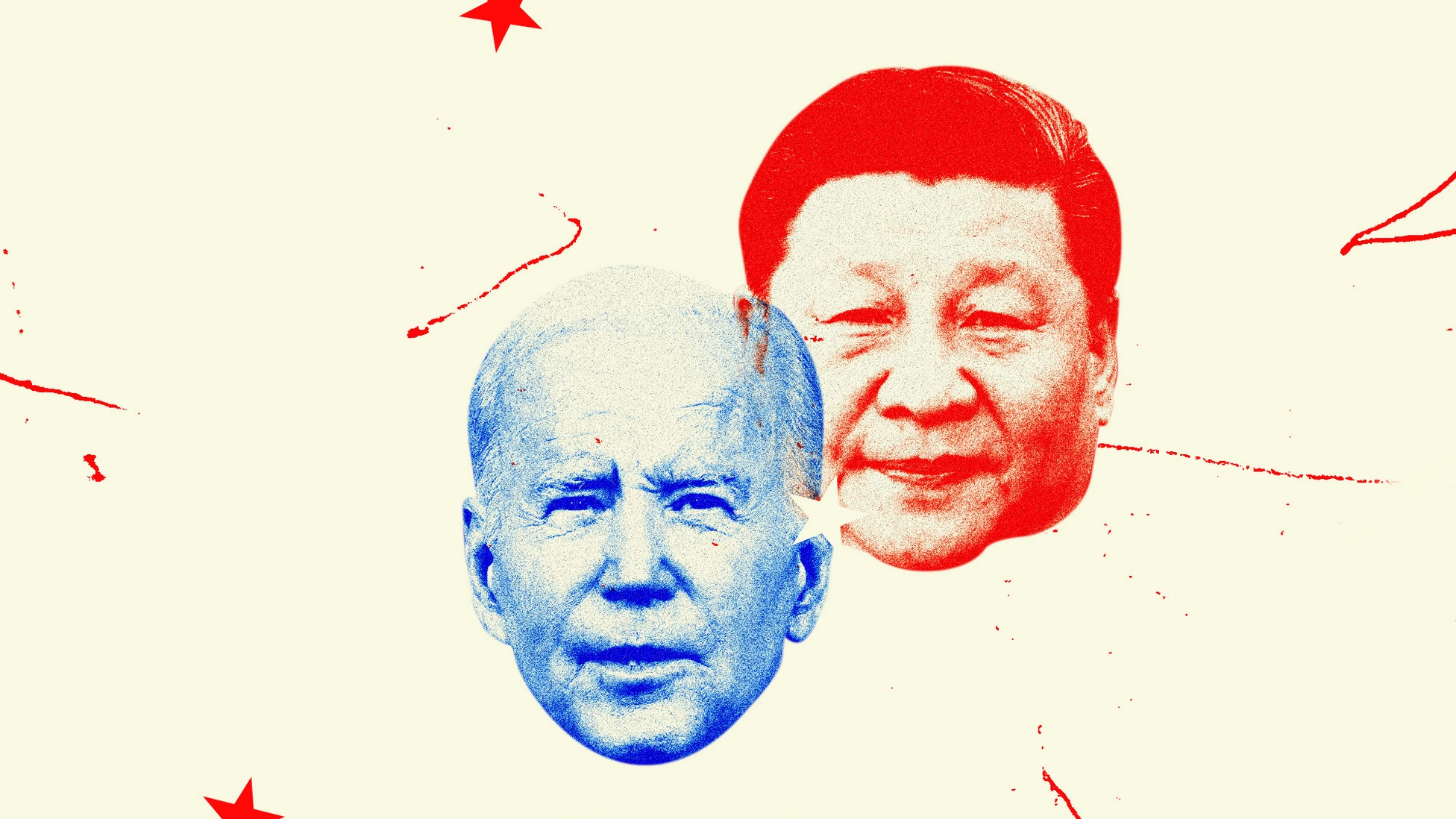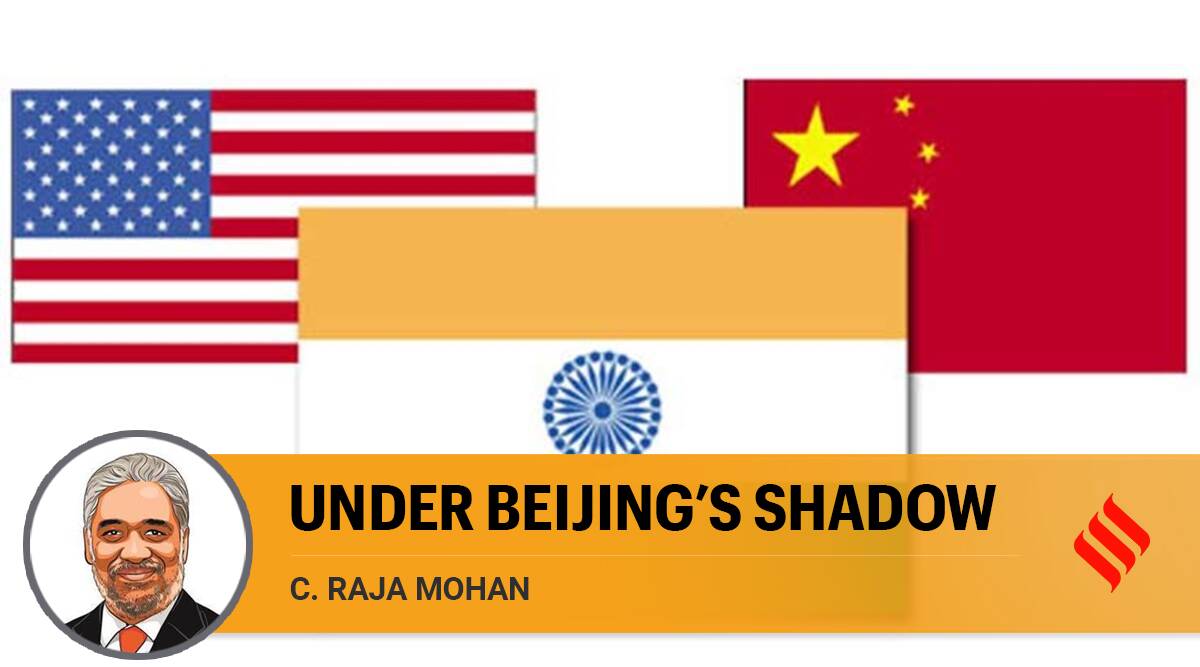Hegemonic Competition beyond New Cold War
THE KOREA TIMES
APLN member Kim Won-soo writes on the tense relationship between the United States and China and argues that the hegemonic competition must stay within mutually agreed guardrails in order to avoid a head-on collision. Read the original article here.
The relations among nation-states are in flux. Many pundits are raising the alarm about the return of the Cold War. But this time around, the main frontier lies not between the United States and the Soviet Union, but between the United States and China, a fast-rising challenger to the U.S.-led international order.
I believe their warnings are only half right. They are valid in that they highlight the new geopolitical reality of a growing rivalry between two camps, one led by the United States and the other G-7 nations, and the other by China and Russia. However, characterizing what is happening now as a Cold War redux fails fully to capture the subtle peculiarities of the new reality. The Russian invasion of Ukraine marks the first hot war initiated by a nuclear state against a non-nuclear neighbor. On the spectrum of hot war-cold war, the new geopolitical reality stands somewhere between a full-on cold war and a hot war between nuclear powers. This new reality could thus be much more unpredictable and dangerous than what we faced during the Cold War.
Here are two reasons why.
First, there is a security risk that could arise from misguided actions by the major powers. The dearth of direct, violent confrontation during the Cold War resulted from a balance of terror based on mutual assured destruction (MAD). MAD was instrumental in ensuring that the nuclear states avoided direct conflict with each other, especially between the two ideological blocs led by the United States and the Soviet Union respectively. Since the onset of the war in Ukraine, however, Russia has introduced the possibility of launching nuclear retaliation against any attempts of conventional military intervention from the West. This possibility has blurred the line between nuclear deterrence and nuclear blackmail and created a dangerous space for miscalculations and/or misjudgments that could escalate into full-blown nuclear Armageddon.
Second, there is a sustainability risk that could be triggered by the inaction of the major powers. Climate change, along with other related sustainability issues, poses a grave existential threat to humanity. We need to take quick and coordinated action to combat these global issues. Warning signs are everywhere. Humanity is moving ever closer to the perilous point of no return. Swift and coordinated responses can only come from the United States and China working together.
To reduce these twin risks, the leaders of the two emerging blocs must find a way to keep their competition under control while working together to prevent worst-case scenarios. Failure is not an option for them or the world. If they fail to work together, the perils we face will no longer resemble those of the Cold War, but rather those of the interwar period of the two World Wars.
The series of events we are presently experiencing feels oddly familiar and for a good reason. Right now global inflation, along with the looming recession, is coming on the heels of the COVID-19 pandemic, which has paralyzed the world economy for three years. The Great Depression of the 1930s followed the devastating 1918 Influenza pandemic ― what we call the Spanish flu. Not only that, we now find the United Nations helpless in the face of outright aggression by Russia, even though the international institution was created so as not to repeat the mistakes of the League of Nations, which had remained helpless in the face of Germany’s ruthless expansion during the interwar period.
This perilous deja vu scenario must be stopped at all costs sooner rather than later. Not much time is left and the biggest onus is on the United States and China. Unfortunately, the latest policy announcements on both sides make it clear that Beijing and Washington cannot be more at odds on how to move forward.
The 2022 National Security Strategy singles out China as the United States’ sole strategic competitor with the intent and capability to challenge the U.S.-led international order and stresses the need to enhance the U.S.’ capabilities and nurture security partnerships. Similarly, China’s ambition to replace the current world order with its own is crystalized in the new Party Charter released upon confirmation of President Xi’s third term at the 20th National Party Congress.
These two competing visions clearly indicate that the world’s two largest powers intend to vie for hegemony over the coming decades. This competition is bound to produce tension and friction much akin to the Thucydides trap. Given the aforementioned twin risks, however, this hegemonic competition must stay within mutually agreed guardrails in order to avoid a head-on collision, whether intended or not. This task cannot be achieved without proper communication measures like hotlines in place. Both Washington and Beijing must reengage to discuss the new framework for managing their relationship. The upcoming G-20 summit in Bali, Indonesia slated for mid-November can be a good starting point for that much-needed reengagement of the two powers. I count on the leaders collectively to arrest the downward spiral of U.S.-China relations before it is too late.




